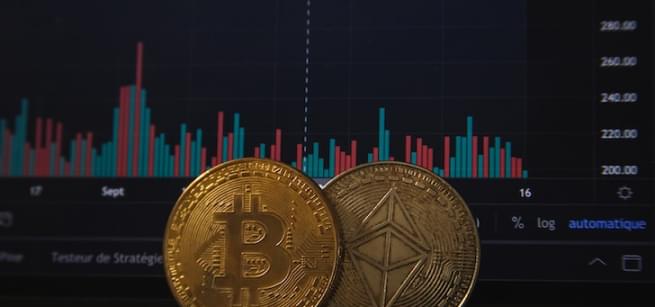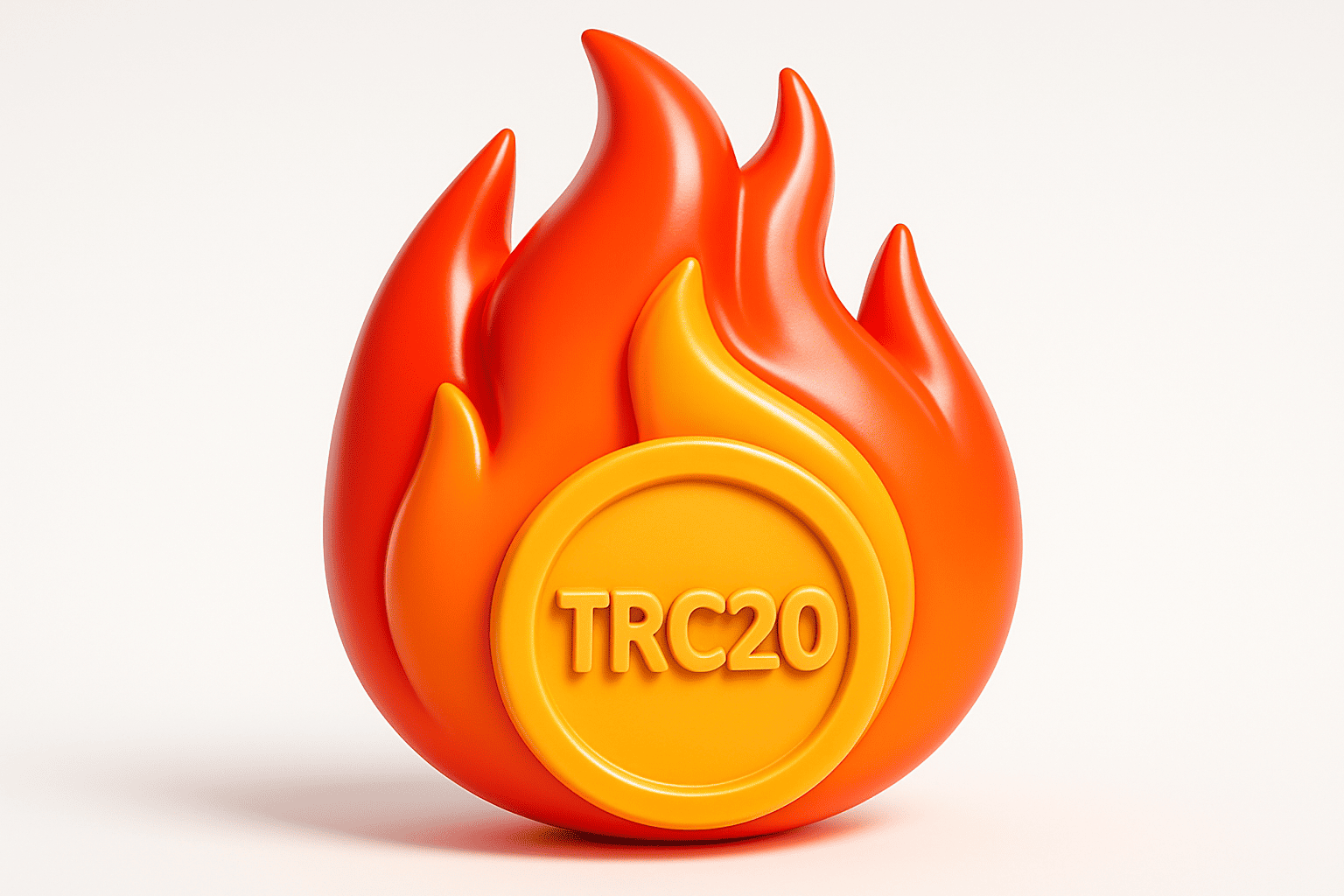Popular cryptos
ICON
Download app Ironwallet and get tool for making transaction without network fee
About ICON
ICON is a blockchain platform that aims to hyperconnect various communities and economies through its decentralized network. Based in South Korea, ICON uses a loopchain technology to allow independent blockchains to transact with one another without intermediaries. This interoperability positions ICON to become a critical bridging component of the new digital economy.
ICON Goal
At its core, ICON seeks to remove barriers that have traditionally separated various industries, communities and economies from efficiently transacting with one another. Whether geographical, political or technical – ICON envisages a future where all blockchains and their linked communities can seamlessly interact through its network protocol.
This hyperconnected world offers extensive possibilities, from decentralized identification and payments to insurance and healthcare data sharing across borders. ICON’s overarching vision is an inclusive one, bringing together both private and public sector players to participate in this blockchain ecosystem.
Loopchain Technology
Central to ICON’s hyperconnective ambitions is its proprietary loopchain technology. Loopchain allows the linking and transacting between independent blockchain communities through ICON’s core blockchain loop.
These interlinked blockchains maintain self-governance and sovereignty over their networks while being plugged into the greater ICON blockchain ecosystem. This enables use case specific chains to co-exist with the key ICON chain, while benefiting from the security and integrity that is collectively maintained.
ICON Republic and Governance
Governing this ecosystem of hyperconnected chains is the ICON Republic. The Republic functions through the native ICX token, which provides voting rights and staking abilities to participate in network decisions.
ICON uses a Delegated Proof of Contribution model, where ICX holders stake tokens to vote for representatives, called Public Representatives (P-Reps), who validate transactions and propose improvements. This governance structure retains an element of decentralization while avoiding the energy intensity of traditional PoW models.
ICX Tokens
As the native cryptocurrency of the ICON network, the ICX token facilitates transactions between different blockchain communities. ICX coins also serve the aforementioned governance functions, allowing holders to shape the future direction of the ICON Republic.
The total supply of ICX is 800,460,000, with nearly 492 million currently circulating. ICX tokens are traded on leading exchanges like Binance, Huobi and Okex. It has shown significant volatility historically, with an all time high around $12 in early 2018.
ICONex Wallet
ICONex is the official wallet built specifically for the storage and transfer of ICX tokens. The light wallet offers an intuitive interface and robust security features. Users can also participate in staking from the ICONex wallet to earn rewards for contributing to the network.
As adoption grows, wallets like ICONex will play a key role as the primary gateways for users to interact with all the possibilities on offer through ICON and its DApps.
ICON DApps and Real World Use Cases
ICON boasts an increasingly vibrant decentralized application (DApp) ecosystem that leverages its interoperability to deliver real-world use cases. From blockchain-based authentication and payments to insurance and healthcare, ICON DApps are driving utility.
Notable DApps include visitMe, which facilitates insurance claim processing, and MyID Alliance, which offers decentralized identity verification. Such apps highlight the power of linking and scaling functionality across community chains. And with its focus on interoperability, ICON is uniquely positioned to host these pragmatic solutions.
Partnerships
A key part of ICON’s strategy is establishing partnerships with significant public and private sector players. Memorandums of Understanding (MOUs) have been signed with massive institutions like Samsung and the South Korean government.
These alliances lend credibility and offer growth pathways into new industries. With blockchain adoption in South Korea markedly high, ICON’s positioning in the local business and governmental landscape provides a strategic advantage. More partnerships are certainly on the horizon as the platform expands.
The ICON Team
Led by experienced fintech entrepreneur Min Kim, ICON boasts a team of blockchain specialists and professionals from a diverse set of backgrounds.
Notable advisors include Don Tapscott, a thought leader on the impact of blockchain technology and author of the book ‘Blockchain Revolution’. Such an impressive team lends technical prowess and entrepreneurial vision to ICON’s ambitious project.
Future Outlook
ICON has established itself as a leading smart contract platform, with an aptly named goal of hyperconnecting the world. Its promise of interchain operability, strong network of partnerships and community of DApps point to a bright future.
As blockchain adoption grows globally across industries, ICON appears uniquely positioned to rise in utility and value as an integral blockchain ecosystem. While challenges certainly exist, the fundamental vision of linking disparate groups through technology continues to be a profound one.





















